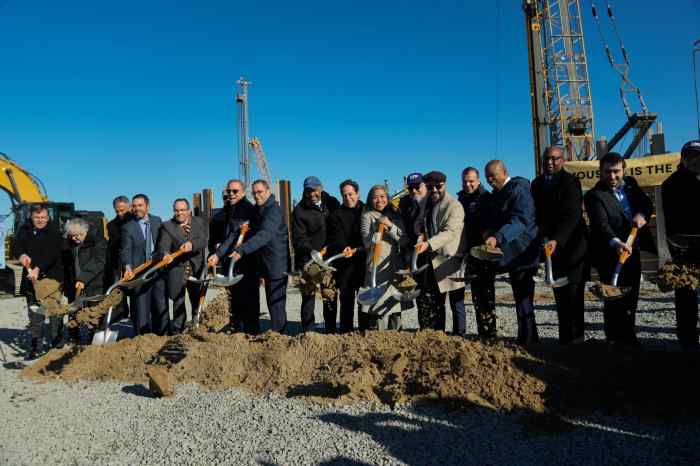Discover the gardener within
Re “Water Main Work Wreaks Havoc on Volunteer’s Tree Pits” (news, Mar. 10, 2016):
To The Editor:
Thank you, Yannic Rack, for telling the story so plainly about my three little tree pits, and the circle of Chelsea Garden Club members who care for the bike lane trees within our community, and create little gardens of beauty around them. You quoted me as “crestfallen” with their loss. I am. Gardens need time to grow into their beauty. Gardeners manage their growth. This would’ve been my third season with these “gardens,” and I had high hopes for the past years’ efforts maturing this year. Chelsea Garden Club connects me to a league of gardeners and we bear this loss together. And now, with your article, I feel the support of the community at large.
Trees are important in our neighborhoods — and beautiful tree pits are not only pleasing to the eye, but they signify that the trees themselves are cared for. Well-tended, they are a significant gesture of care for our community.
Thank you for the exposure. Chelsea Garden Club needs more gardeners! My wish is that people will read your article and discover the gardener within and join us.
Mark Razum
Weinstein welcomes DDC’s common courtesy
Re “Water Main Work Wreaks Havoc on Volunteer’s Tree Pits” (news, Mar. 10, 2016):
To The Editor:
Thank you very much for Yannic Rack’s informative, balanced article on the damage done to tree pits by the city’s Department of Design and Construction (DDC) project. I can understand “dig we must.” And it is commendable that the city is working on vital infrastructure. But the DDC should at least have the common courtesy to adequately warn the people whose work it is affecting.
Being balanced, Rack also mentioned that DDC is finally getting around to talk with the volunteers who are affected by its work. Good!
With much appreciation for a fine article for a fine community newspaper,
Carol Weinstein
More education needed for brain injury issues
To The Editor:
March is Brain Injury Awareness Month. Since 1997, I’ve tackled the ongoing daily ups-and-downs of my own wholly life-altering traumatic brain injury, caused by Con Edison’s now so-called stray voltage. Much of the media’s limited focus when they cover the more “sensational” incidents emphasize “remarkable recoveries,” “exceptional care” and “vast support.”
The typical brain injury story actually is usually a very complex, erratic, gritty, and lasting one, with no less inspiring or heroic elements than the media models; each one is also replete with a dire need for a better understanding, support, respect, and covered or affordable services and therapies.
Many of the injury’s symptoms are often recognized only by its survivors or the most sensitive care providers, who themselves are likely to be baffled by the overwhelmingly and even contradictory array of systemic challenges.
Professionals and the public at large need to more carefully educate themselves about these injuries so as to improve prevention and care for this devastating, yet often preventable, menace that, statistics show, hurts more lives than any other health threat, and for which everyone is at risk.
Improved awareness and care may begin by obtaining information from organizations like the Brain Injury Association of America and by encouraging more in-depth representation in the media.
Truly and respectfully,
Phil Vanaria

















